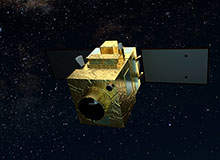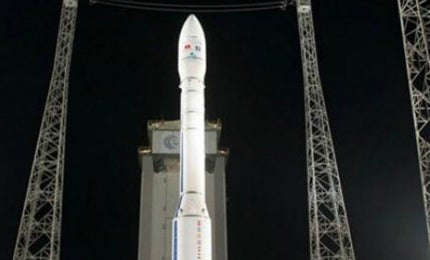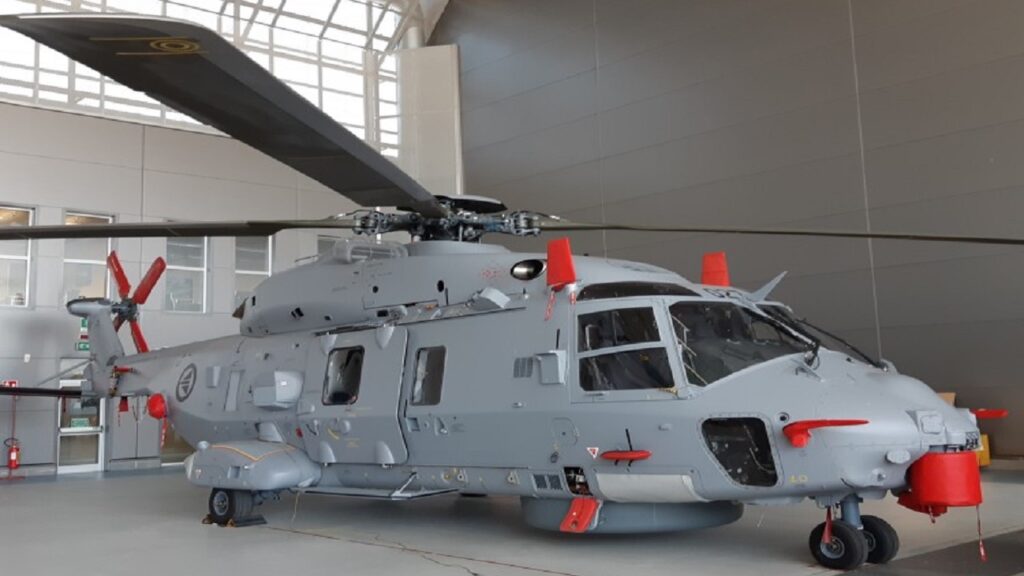

PeruSat-1 is a very high-resolution Earth observation satellite system built for the government of Peru. The satellite is first of its kind operated by Peru and was launched into Sun-synchronous orbit in September 2016.
The prime contractor for the Peruvian satellite programme is Airbus Defence and Space. The programme is run by the Projects Factory, an integrated working organisation in the Space System business unit of Airbus Defence and Space.
The spacecraft monitors Earth’s surface and capture high-resolution imagery to support various activities of the Peruvian Government, including emergency management, territorial planning, oceanography, fisheries, forestry, climate, cartography, mining, geology, health, agriculture and hydrology.
PeruSat-1 Earth observation system launch and mission objectives
The Göktürk-1 reconnaissance and Earth observation satellite is being built for the Turkish Ministry of National Defence.
The Ministry of Defence of Peru signed a contract with Airbus Defence and Space in April 2014, for the development, construction and launch of the PeruSat-1 Earth observation optical satellite system with support from the French Government. The satellite’s construction was carried out at Airbus Defence and Space’s facility in Toulouse, France.
Airbus Defence and Space signed a launch service contract with Arianespace for the launch of PeruSat-1 spacecraft by the European space launcher Vega from Guiana Space Centre (Spaceport) in Kourou, French Guiana, in March 2015.
Under the PeruSat-1 programme, Airbus Defence and Space also offers training for Peruvian engineers and technicians on the advanced instruction in space technologies, satellite operation, development of appropriate imaging applications, and other technologies. The company downloads information and images from its fleet of optical and radar satellites and supply them to Peru.
PeruSat-1 satellite design and features
The Peruvian Earth observation satellite system comprises a new-generation optical satellite and a ground control segment, image reception and processing centre.
Based on the AstroBus-S bus platform, the PeruSat-1 spacecraft has a launch weight of up to 450kg. It incorporates latest technologies developed by Airbus Defence and Space, including a very high-resolution new astrosat optical modular instrument (NAOMI) silicon carbide (SiC) optical instrument and structures, integrated focal planes, multiple-line detectors, and ultra-compact optical configurations.
The satellite is equipped with solar cells and batteries and provides panchromatic images with 1m resolution and 2m images in four wavelength bands.
Ground segment
Airbus Defence and Space established a ground segment in a space centre in Peru, for the control of satellite operations. The ground segment receives and processes imagery and data collected by the spacecraft.
Vega launch vehicle details
The Vega lightweight rocket launcher measures approximately 30m-long and 3m in diameter, and has a typical lift-off mass of 137t. It is capable of carrying 1,500kg of payloads into circular polar orbit at an altitude of 700km.
The launcher vehicle made maiden flight in February 2012. It consists of four stages, the first, second and third stages feature advanced solid propellant motors, whereas the fourth stage (attitude and vernier upper module) uses liquid bi-propellants.




